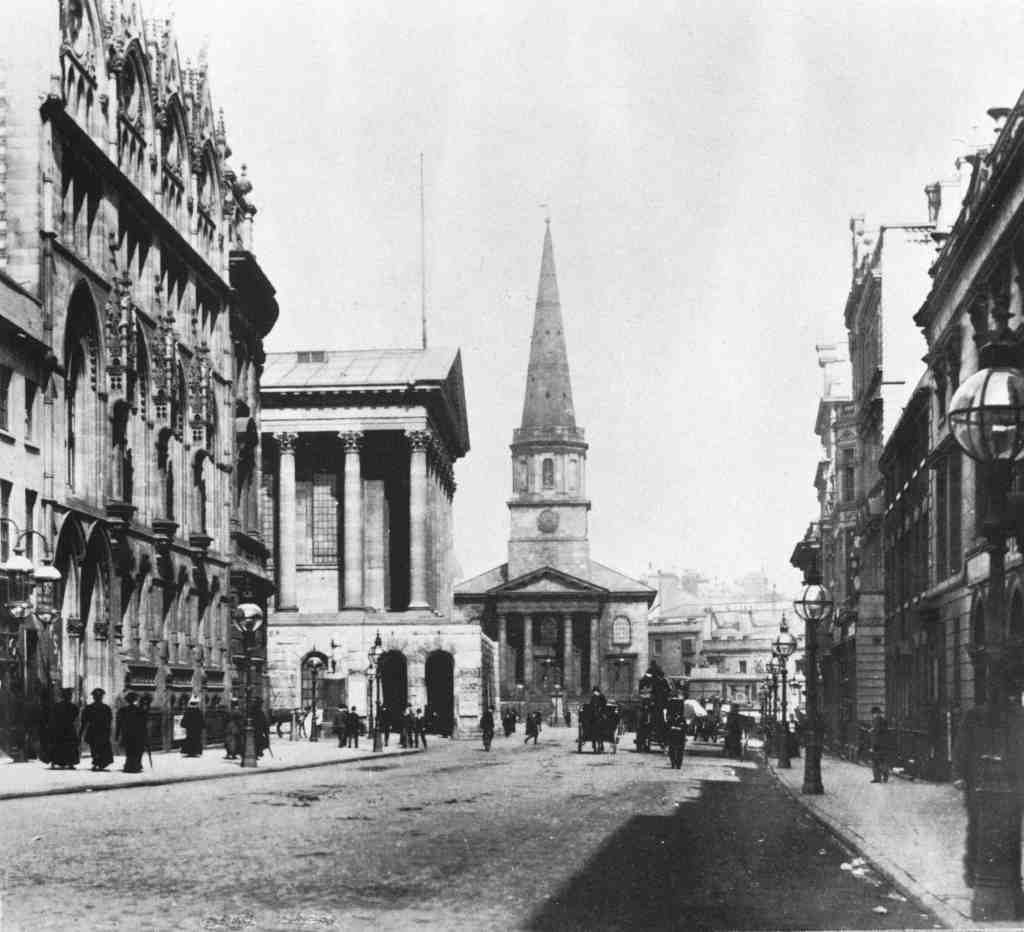Alan Clawley comments on a modern transport hazard.
Old photos of cities taken at the turn of the 20th century show that pavements or ‘sidewalks’ as they are known in America, were strictly for pedestrians.
Horse-drawn vehicles of all sorts left the streets in a foul state. Bicycles, wheel barrows and hand-drawn vehicles were not allowed on the pavements. Granite kerb stones marked the strict boundary between the road and the sidewalk which would be paved with smooth York stone slabs – hence its name. Ladies and gentlemen could walk on the pavement without getting their shoes and clothes muddy and the kerb-stones were high enough to deflect the iron tyre of an un-sprung cartwheel.
Today pavements are routinely violated by motor vehicles of all shapes and sizes as well as by bicycles, electric wheelchairs, scooters, buggies and skateboards. Kerbs have been lowered at crossing points to make them easier to mount but elsewhere the robust suspension and radial tyres of modern vehicles lets them bump over kerbs with ease. If this widely accepted intrusion is justified by drivers at all it is to leave more room for passing vehicles on the road.
But more often than not it is simply a means of avoiding a yellow line or a parking charge. Some drivers don’t feel any need to justify pulling onto the pavement outside a bank to use a cash machine or stopping on the forecourt of a newsagent to buy a packet of cigarettes.
It’s not clear who gave motorists this right. I once asked a police officer on duty outside a football ground on a Saturday afternoon why he stood by and allowed a fan to drive onto the pavement and park his car right in front of us both. He told me that as long as no obstruction was caused it was entirely legal. On such occasions there’s a shared feeling of safety in numbers. If everyone does it they know the law can’t be enforced.
I don’t hear people complaining much about cars on pavements but funnily enough I do hear complaints about cyclists riding on them. There is even talk of licensing cycles and making cyclists take out public liability insurance in case they injure someone or damage a vehicle. I was recently stopped from riding my bike on a pedestrian bridge by an irate pedestrian who demanded to see my insurance policy. I didn’t have one, of course.
The problem for cyclists using modern city roads is that cars are fast, silent and comfortable. Once inside drivers are isolated from other road-users. They sit in a warm bubble with their radios, CDs and mobile phones going and lose eye contact with other road users. They resist the imposition of 20 mph speed limits in residential areas. They detest speed bumps and prefer smooth tarmac.
Is it any surprise then that cyclists, wheelchair users and buggy-pushers are taking to the pavements? In Queen Victoria’s time they could have safely mixed with slow-moving vehicles on the roads but today they do so at their peril. Pavements are increasingly deserted as people drive rather than walk, even for short distances. So why shouldn’t they be used by cyclists as long as they ride with care for the occasional pedestrian.
If transport planners don’t want cyclists to use pavements they need to assign them a proper share of the roads. In London cycling is a form of mass transport and the sheer numbers of bikers demanded more marked cycle lanes. Even so cycling is hazardous if motorists ignore speed limits and fail to drive with due consideration.
The sensible solution, at least in the most crowded and slowest-moving parts of our city, must be for everyone to share the space that’s available, whatever their mode of transport. And that will mean taking up the old granite kerbstones and making the roads look more like the sidewalks.
